You shouldn’t be asking do I need a community of interest around me and my work but what will happen if I don’t have one!
Yesterday I presented twice at a great two day conference in Melbourne called ‘Arresting Audiences‘. The irony of the title not lost on this writer as the real intention of the event run by Film Victoria (a traditional film funding organisation) was commendable – finally focus on ‘users‘, ‘watchers’, ‘participants’ aka as old school ‘audiences’.
Most of the talks explored new marketing, basic demography and obligatory future trends with a couple of inspirational ‘write for your inner audience’ highlight talks from the likes of Jane ‘buffy/BSG’ Espenson, but I was asked to look at the social and transmedia aspects that affect and impact on audiences/communities so below is:
- the embedded slideshare of my presentation
- a little explanation
- a trans-social-media community flow chart (used as a presentation pivot)
- and a draft ‘in-development’ widget, which I didn’t show but which looks at reach & impressions over time (broad engagement)
It was great at the start to introduce StoryLabs to a local audience and lots of leads in terms of new participants, mentors & potential funding came my way. The structure of my talk looked at a few key areas, 1) why bother with networked media storytelling followed by 2) the audience as community and how to build community around you and your property and ending on 3) specific trans-social-media examples across twelve observed categories.
The second part of my talk looked briefly at examples of Australian ‘Social Media Entertainment’ (beyond just interactive?!) which I prefaced with a segue from a previous Glee Superfan presentation from CoincidentTV by looking at a couple of iPad social apps – the Smule Glee and ABCs new MyGeneration Synch apps, really referencing the potential power of TV combined with the social media back channel. But back to the start of my prez.
I find it important to adapt in real time, ones presentation based on the social media savvy’ness of the audience by asking the obligatory questions about ‘who uses such and such’ (always keen to do on the fly research!) – so the 200+ crowd of Australia’s best filmmakers when asked who are registered ‘and’ active on various services had the following breakdown (from memory!) – Facebook 30% use it, Twitter 20%, YouTube channel 15%, Blogging regulars 15%, LinkedIn 20% and 1 person was on all of them! Good job 🙂
I then tried to stress (in as much a non egotistical way as I could) the importance of growing a community and sphere of influence by showing my now exactly 1 year old, Social Media Counter – both from the perspective of the Tsunami of content and being heard in the noise, but also rather paradoxically the counter itself going viral, millions of impressions & becoming a Google trend that actually out-trended many Australian Films in direct comparison! I would suspect that those films had certainly more marketing around them than me spending a couple of weekend mornings creating this widget!
Next, using video of Tim Kring and quotes from Hoodlum’s Nathan Mayfield, I reiterated the age old question – where has the audience gone? Followed by the old chestnut, they have gone everywhere, fragmented and distributed across platforms so I could again stress the importance of meeting them wherever they are (I know, yet more of this decade old drum banging!) –
‘Networked Media Storytelling’ reaches audiences in places traditional mono media cannot reach 🙂
But I think the thing that has most impact on this ‘mostly’ traditional filmmaking conference audience was the oft quoted “Facebook is now the 3rd most populous country in the world” – overtaking the US earlier this year and now targeting India’s 1.1 billion! Once I equated it as a massive and valid new ‘marketing territory’ for co-creative content distribution, I could hear pennies beginning to drop – based on some feedback I got from several folk after wards. I reinforced this in my second talk by pointing out that Facebook may also be one of the worlds biggest economies too in the next few years?! Facebook credits et al from Laurel Papworth.
BTW apologies, I missed a great new Australian Film that is doing well in the Facebook Page charts. Thanks @moorefilm ” @GaryPHayes you forgot “Tomorrow When the War Began”… we’re at 54,582 😉 “
Leading into the social media entertainment section I briefly explained again this five stage diagram, still fairing well after two years and nearly 20 000 views on flickr – involve (listen/stalk), create relevance/need, discuss (spread), promote (carefully), monitor (track)
What community is and how to grow communities of interest around you and your creations was the central area of my presentation and I used simple examples of a few enlightened folk including my ex music tech, student Imogen Heap’s impressive Social Media ‘not rocket science’ – ‘methodologies’ as detailed on this single screen:
A few of the half a dozen of live tweeters in the room picked up on my next quote: –
Think of creating a community of interest around yourself and your property, not as a quick hit business model but a long term investment in your creative sustainability. Liken it to long term investment with returns 2 or more years down the line and depending on the type of content – superannuation/pension or long term savings
I then took the audience in steps through a rather complex looking flowchart, embedded below from flickr, to introduce two simple concepts 1) how to embed yourself in communities and become influential followed by 2) how and what type of transmedia content to deliver to them. Framed as two simple steps:
- Become a trusted member in communities of shared interest
- Create relevant, needed, valued, socially engaging, content for your community of collaborators
Off the back of this walk-though I continued with cautionary notes around trust, not being spammy using quotes from two big Australian brands doing good work in the space:
Social media is about – representation, responsibility and respect and good social media is like a great dinner party with great food, great guests and great conversation. Kristen Boschma, Telstra’s Head of Online Communications and Social Media
and
The ABC blog, which has become a primary channel to distribute press releases, has an impressive 438 accounts across Facebook and Twitter. People can sniff spin. And the beauty of social media is they will tell you. Liz Green, ABC TV’s Digital Communications Marketing Manager
This flow chart introduced and lead into a range of broad global case studies of ‘transmedia’ services featuring strong social media components. When I was creating the presentation twelve categories emerged followed by three TSM (Trans-Social-Media) levels or groupings, from the perspective of a ‘busy’ storyteller/producer.
- Level 1 – Limited Time & Resources? Basic TSM for busy folk
- Level 2 – Open for Input? For TSM projects that encourage user contribution
- Level 3 – Time for Networked Media StoryTelling? For TSM creators willing to truly expand and integrate their transmedia stories
I then rapidly showed old (2007!) and new TSM creations that fell into each of the categories below – check the presentation above to see them with related stats and detail
Level 1 – Limited Time & Resources?
1 INFORM – Keep them updated about your latest works
2 TEASE – Release teasers, webisodes of your latest project
3 FREE – Give away free content and invite them to events
4 PLAY – Let them remix or mash-up new or existing contentLevel 2 – Open for Input?
5 INVESTIGATE – Get them involved in your research
6 CREATE – Ask them to write / direct key elements
7 INVOLVE – Cast the audience using online auditions
8 PRODUCE – Get them to produce a final work themselvesLevel 3 – Time for Networked Media StoryTelling?
9 DIALOGUE – They can interact with characters written across the social web
10 GO TO THEM – Extend your story into ‘their’ mobile world
11 PLAY – Let them play inside your large multi-platform narrative work
12 BE THE HERO – Design it so ‘they’ are the protagonist on the heroes journey
In my second session I looked at some specific Australian examples including organic projects such as a ‘number 7’ ‘Redd Inc‘, crowd- sourced Zombie film, classics such as Fat Cow Motel, experimental ABC BlueBird ARG and we briefly mentioned at least four in pre-pre-production that are pushing the envelope re: networked media entertainment.
In the final wrap for the conference, an enlightened Sandra Sdraulig, CEO of Film Victoria reiterated my message that ‘Arresting Audiences’ from a social media perspective may best be re-titled ‘Co-Creating Communties’ – gratifying that at least that message was considered 🙂
I had a ton of stuff to present on crowd-sourcing, crowd-funding and DIY distribution which I cut as I particularly wanted to focus on network storytelling vs pure business. This highlights a real problem, the disconnect and perception by traditional film production and associated marketing folk that there is no business model for transmedia. Hence the obligatory question in one q/a session from an audience member – “how to we make money from and how do can we afforde all this transmedia stuff” – my response?
This is not about ‘spending’ $2-3 million marketing budgets on transmedia stories to promote films that already have massive loyal fan bases, or traditional marketing, incrementally increasing audience base, this is about emerging creatives wanting to build loyalty to what they are making, grow brands & stories from the ground up to have a future at all! In a world of dwindling fragmented audience, decreasing broadcast ad revenue, it is less a question of what money you will make now from networked media productions but what will happen if you do nothing? Where are your future audiences, your future co-creative communities? Time to reach out.
Ask not what your community can do for you but what you can do for each other
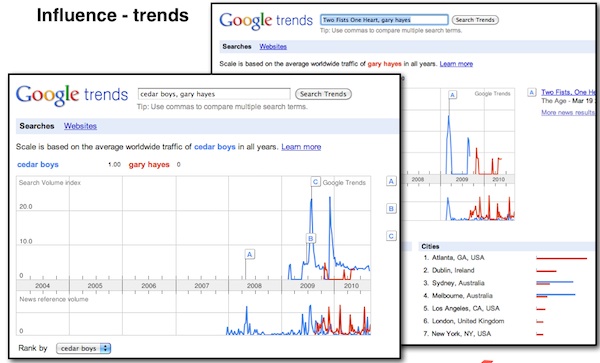


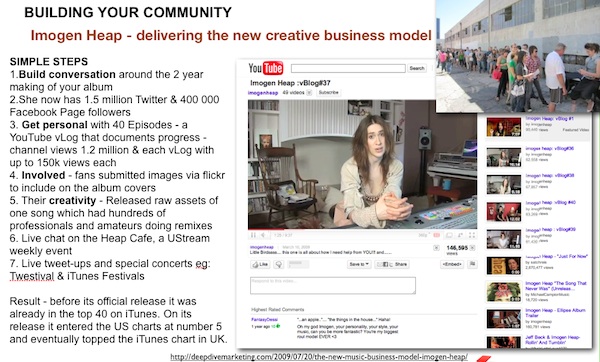
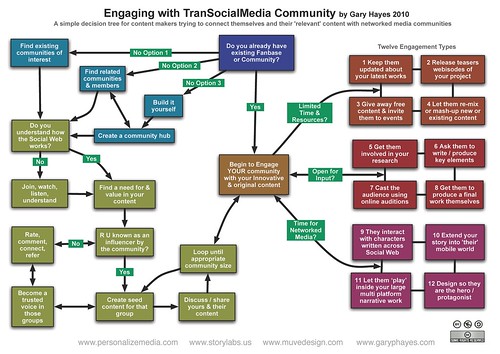

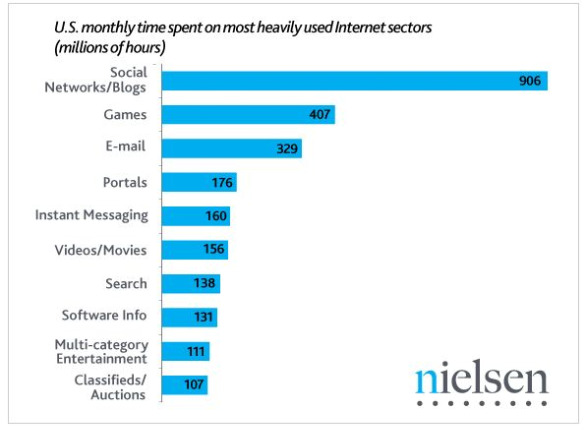

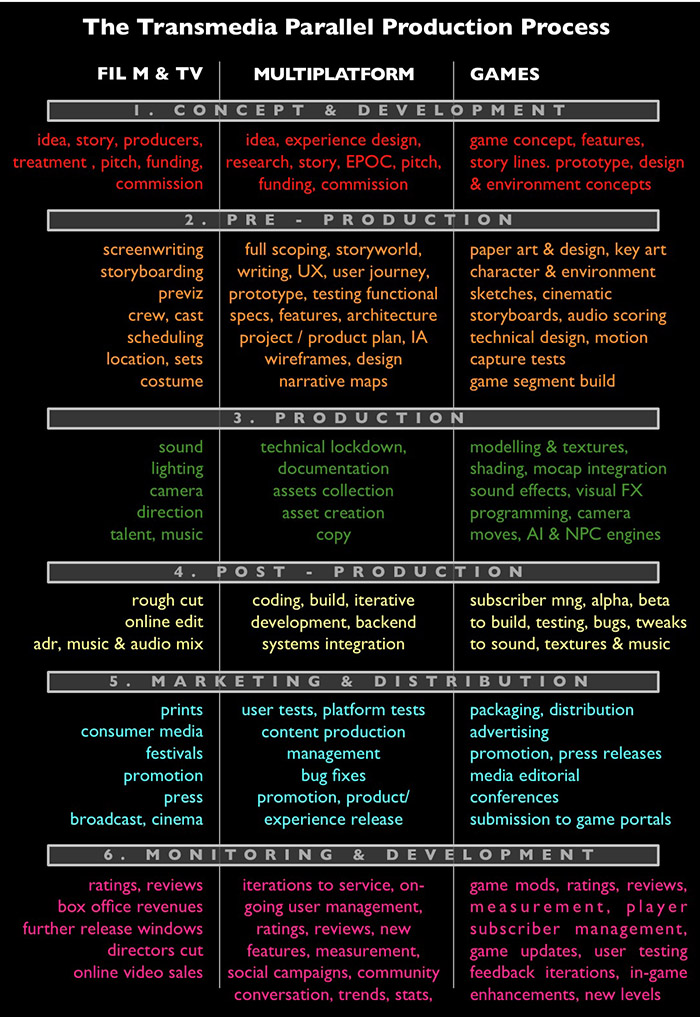
Indetenible XD RT @mouriz: Co-Creating Transmedia Communities ow.ly/2OOHK #Interesante
RT @mouriz: Co-Creating Transmedia Communities ow.ly/2OOHK
RT @mouriz: Co-Creating Transmedia Communities ow.ly/2OOHK #Interesante cc/ @gonzalomartin
RT @mouriz: Co-Creating Transmedia Communities ow.ly/2OOHK #Interesante
RT @Paulapc: RT @mouriz: Co-Creating Transmedia Communities ow.ly/2OOHK
Co-Creating Transmedia Communities t.co/YPgVq7S
Co-Creating Transmedia Communities #transmedia – is.gd/gAzrW
Co-Creating #Transmedia Communities bit.ly/bLDSWZ
RT @Cyroultwit: Co-Creating Transmedia Communities #transmedia – is.gd/gAzrW
RT @garyphayes Co-Creating Transmedia Communities bit.ly/cW0SRa #neuws #guardian #education #juandon
Archive: : Co-Creating Transmedia Communities t.co/aVK595hO
Archive: : Co-Creating Transmedia Communities t.co/aVK595hO